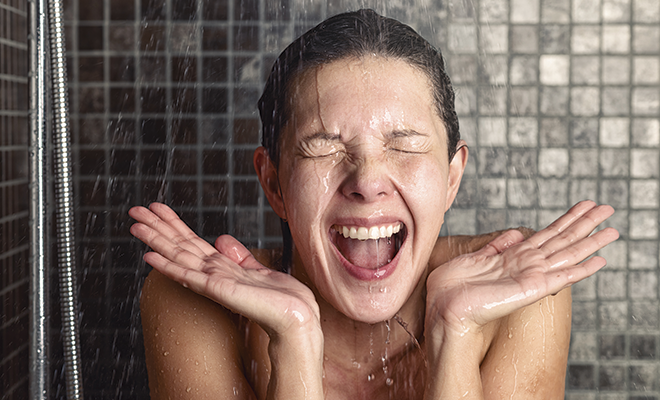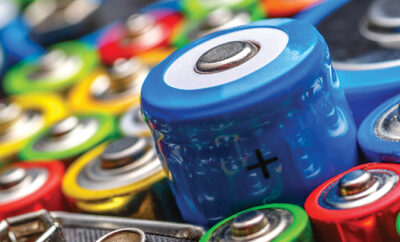
Be water wise!
It’s probably safe to assume that many of us use more water on a daily basis than we actually need, and because it’s readily dispensable, we can get into the unfortunate habit of using more of it than necessary.
I’ll be the first to admit that I’m guilty of such violation at times, despite having been raised in a household that was highly conservative about water and overall energy usage. If any of us took excessively long showers, my dad would go downstairs and shut off the main water valve. We were also told not to run the water constantly while brushing our teeth, and as a teenager, washing my hair several times a week was borderline criminal when it came to water usage. Of course, nothing compared to how things were done just a generation prior, when my grandfather shared the same bathwater as his seven older siblings and my grandmother kept empty coffee cans by each bedside for use in the middle of the night.
Fortunately, we have come a long way with methods employed to conserve water in the household. The internet is full of amazing tips on how to conserve water, and numerous products on the market today can assist in your water conservation endeavors. We want to share a few tips so you can begin to excel at household water conversation without necessarily compromising your lifestyle. It simply takes a bit of ingenuity, practical thinking and discipline.
In the bathroom
The average American shower uses 17.2 gallons of water and lasts for 8.2 minutes at an average flow rate of 2.1 gallons per minute. Over time, that adds up. After toilets and washing machines, showers are usually the third-largest household use of water. When you’re taking a shower, turn off the water while you lather up, turn it back on to rinse, and aim for shorter showers. And if it seems like an eternity for the water to heat up after you turn it on, it’s easy and inexpensive to insulate water pipes with pre-slit foam pipe insulation. This will allow you to get the hot water faster and avoid those pre-shower warm ups that waste copious amounts of water.
Even brushing your teeth can be a water-wasting culprit. Wet your brush first and fill a glass for rinsing and then turn off the faucet. It doesn’t make sense to stand there for a few minutes with the water running while you brush. Members of the family who shave can turn the water off while shaving and in between face strokes. Fill the basin with a couple inches of water first and rinse off the razor there. It does the job just as well as running water and will use far less water in the process.This can save up to 300 gallons of water a month.
Check your toilets for leaks. Put a small amount of food coloring in your toilet tank. If the color begins to appear in the bowl without flushing within 30 minutes, you most likely have a leak. Most replacement parts are inexpensive and easy to install. And don’t confuse the toilet with a trash can. If you flush a cigarette butt or facial tissue down the toilet, you are using five to seven gallons of water each time.
In the kitchen
If you wash your dishes by hand, don’t let the water run while you scrub them. Fill one basin with wash water and the other with rinse water. When using a dishwasher, be sure you have a full load first, and if your dishwasher is new, cut back on the rinse option. Newer dishwashers clean more thoroughly and use less water than washing by hand, especially the ENERGY STAR® versions. When washing fruits and vegetables, clean them in a pan of water instead of running water from the tap. Be sure to collect the water you use while washing them and reuse to water house plants. If you accidentally drop ice cubes, instead of tossing them in the sink, put them in a house plant.
In the laundry room
Match the water level to the size of the load, and wash your dark clothes in cold water, which not only saves water and energy but also helps your clothes retain their color. If you’re more ambitious, have a plumber re-route your grey water to trees and plants rather than to the sewer line. However, be sure to check with your city and county first to ensure you are not in violation of any codes.
Most importantly, check all of the faucets and pipes in your home for leaks. Even a small drip from an old faucet washer can waste up to 20 gallons of water each day. Larger leaks can result in hundreds of gallons of lost water.
Water is a vital part of our lives. Just don’t let the well run dry before you learn the value of it. HLM
Sources: eartheasy.com, wateruseitwisely.com, and home-water-works.org.







